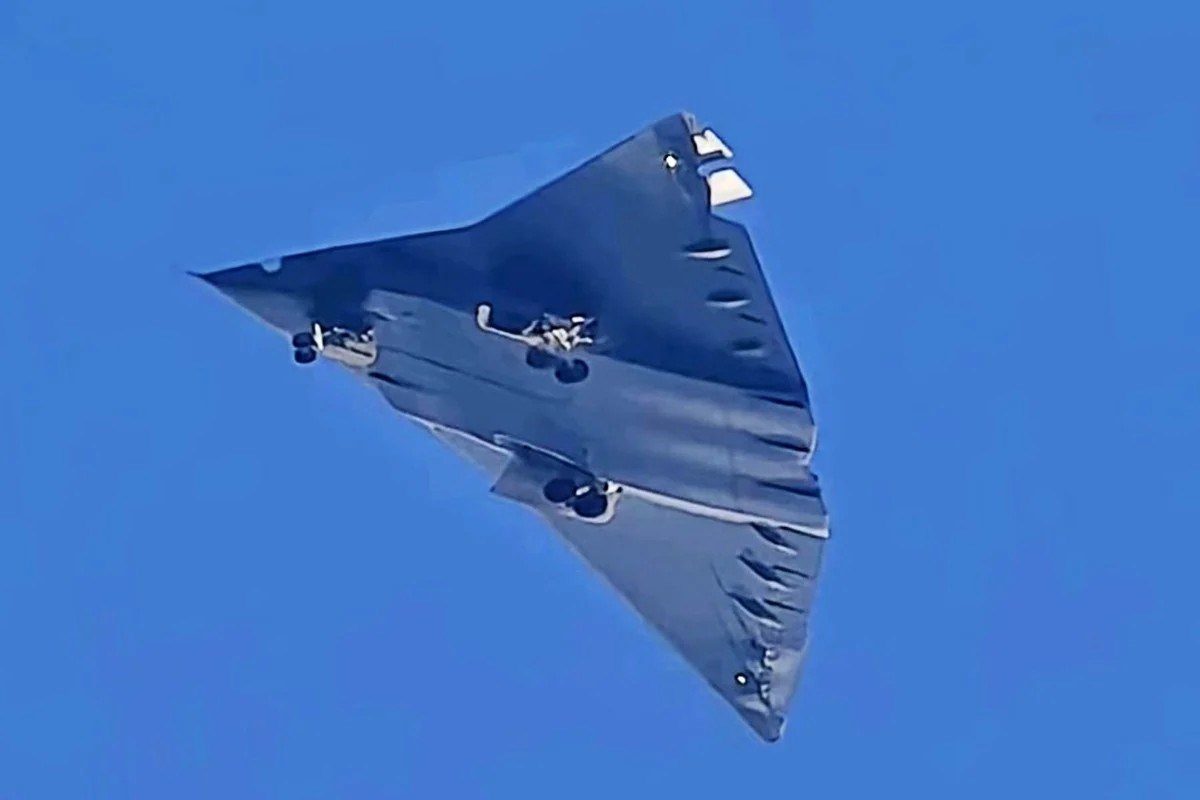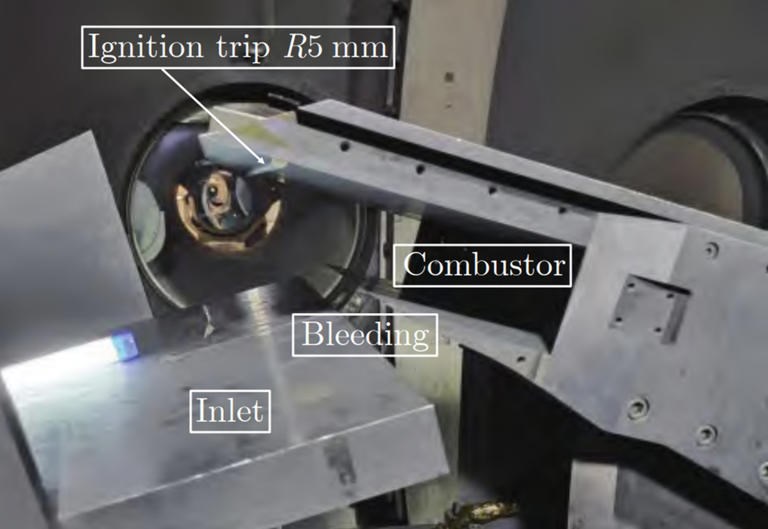 Chinese scientists have developed a engine running with jet fuel and reaching the speed of MACH 16 (16 times the speed of sound). Hypersonic flights can be experienced in hypersonic flights with the world’s first curved explosion engine (ODE).
Chinese scientists have developed a engine running with jet fuel and reaching the speed of MACH 16 (16 times the speed of sound). Hypersonic flights can be experienced in hypersonic flights with the world’s first curved explosion engine (ODE).In the JF-12 shock tunnel in Beijing, in the trials in which high MACH flight conditions were simulated at more than 40 km altitude, researchers from the Chinese Academy of Sciences (CAS) obtained continuously inclined explosion waves using RP-3 jet fuel, a widespread commercial kerosene.
The results show that combustion rates 1,000 times faster than traditional scramjet engines and operational speeds between Mach 6 and Mach 16 can be reached. These speeds are too high to reach traditional air breathing engines.
How are oblique explosion engines work?
Unlike Scramjet engines, ODE, which does not need large combustion chambers and does not encounter the risk of flame extinguishing at high MACH speeds, turns shock waves into an advantage. The engineers have discovered that they could create a strategically 5 mm protrusion on the wall of the combustion chamber, and that they could create self -sustaining “explosion diamonds” (explosions fed by ultra -fast shock), which completed the burning in micro seconds. These shock waves create a self-strengthening explosion front, igniting the fuel-air mixture violently.

In the tests performed at MACH 9, pressure increases reaching 20 times the environment level at the Detonation points were detected. This shows that the engine can produce a significant thrust at the speeds where scramjet engines are difficult to work.
Due to the excessive high power requirement of the engine, the wind tunnel was able to offer a continuous working time of only 50 milliseconds. This time was equivalent to the MACH 9 speed of 150 meters, and for the researchers, the engine’s firing and self -sustaining shock wave provocation was enough to provide a full understanding.

Researchers say that the new engine is 85 percent shorter than a scramjet design and that it can significantly reduce the weight of the aircraft and extend the flight range.
Hypersonic motors for decades have been dependent on hydrogen or ethylene fuels. However, although these fuels can be fired quickly, they have non -practical storage requirements. The RP-3 kerosen, on the other hand, has a more favorable and higher energy density in logistics, but it makes it very difficult for the engine to operate during the flight due to long ignition delays.
However, the researchers overcome this problem by using a small protrusion that creates a small “hot spots” to trigger chain reactions by squeezing fuel-air mixtures to 3,800 Kelvin (3,527 degrees Celsius) before igniting, adding a small protrusion that creates local “hot spots” and accelerating the fuel distribution.
China targets an airplane that can access in an hour all over the world
The project emerged as part of China’s ambitious plan to build a plane that can reach a plane that can reach all over the world by 2030. This technology, which can reach Mach 16 (approximately 20,000 km/h) from Shanghai to Los Angeles in half an hour, can make reusable space planes that combine atmospheric and orbit flights possible.
If the ODE motor is applied to military technology, ultra long -range and low operational cost hypersonic missiles, unmanned aerial vehicles or even bombardment aircraft can allow the Chinese People’s Liberation Army (PLA) a significant advantage in future wars.
However, there are still obstacles to be overcome. Researchers need to learn more about RP-3 by-products during and after the explosive combustion and optimize protrusion configurations to increase motor efficiency for real flight.